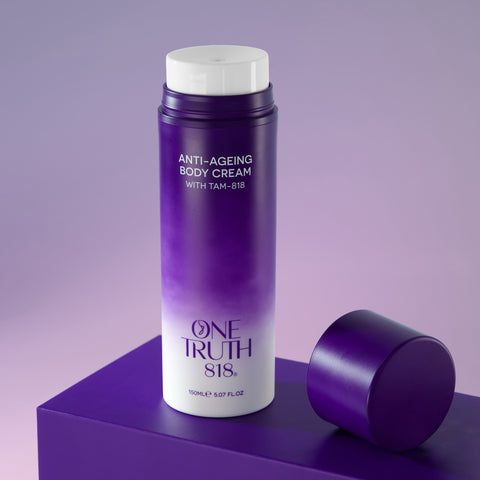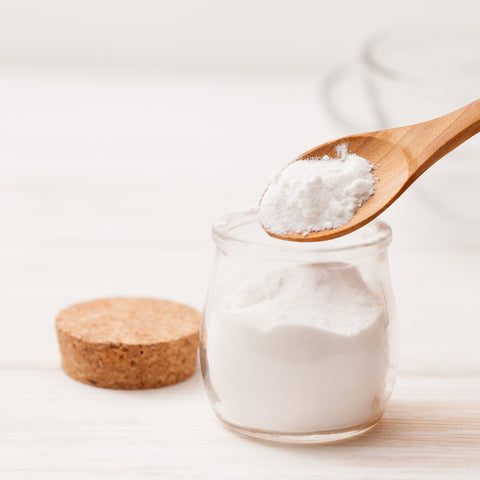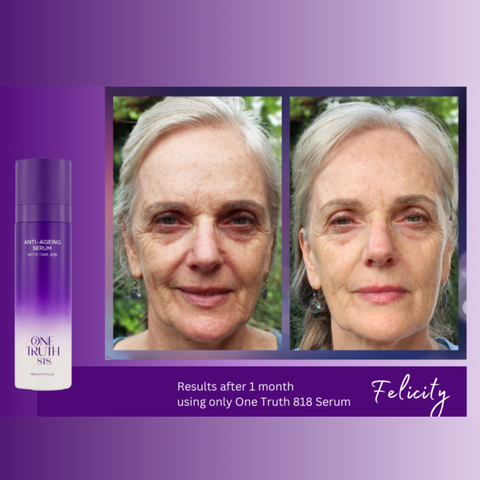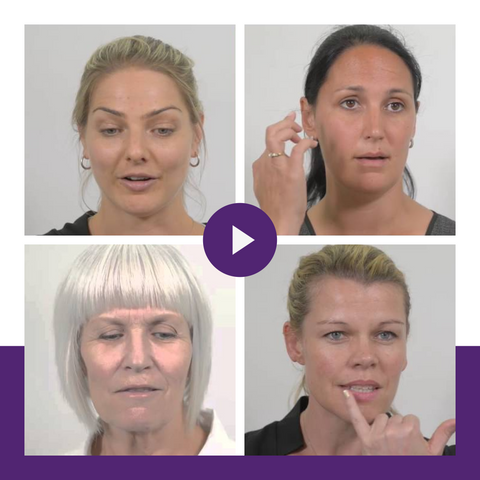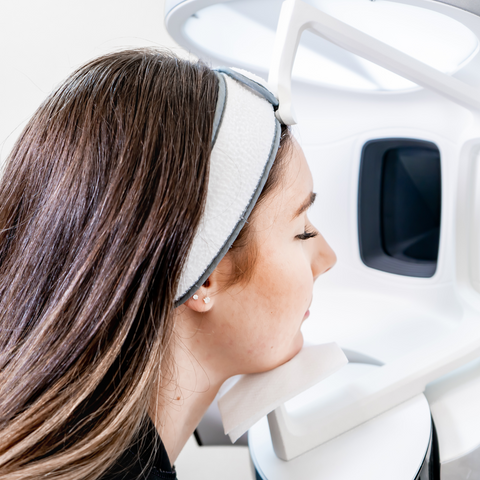Beauty has always been a pursuit cherished by individuals throughout history. Over the centuries, people have resorted to some truly crazy methods to enhance their appearance. From ancient civilizations to the Victorian era, beauty treatments have evolved and taken peculiar forms. Come with me on a journey through time as we explore some of the craziest beauty treatments from the past.
Ancient Egypt: In the time of the pharaohs, the ancient Egyptians were renowned for their obsession with beauty. To maintain a youthful glow, they went to great lengths. One extraordinary method involved using crocodile dung as a facial mask. Rich in minerals and enzymes, it was believed to tighten the skin and reduce wrinkles. Although unconventional by today's standards, the Egyptians were onto something, as crocodile dung indeed contains antimicrobial properties.
Renaissance Europe: During the Renaissance, pale skin was highly coveted as a symbol of wealth and status. To achieve this, European women applied Venetian ceruse, a skin whitening treatment made from white lead. Unfortunately, prolonged exposure to lead caused severe health problems, including hair loss, muscle paralysis, and even death. Despite the dire consequences, women risked their well-being in the pursuit of an unattainable beauty standard. Sound Familiar?
Victorian England: The Victorian era brought with it yet another dangerous beauty trend. Arsenic complexion wafers. These small tablets, containing lethal doses of arsenic, promised to create a flawless complexion. Unsurprisingly, arsenic consumption led to poisoning, hair loss, and chronic illness. It was only after numerous fatalities that these hazardous beauty aids were finally banned.
Ancient China: In ancient China, tiny feet were considered a symbol of feminine beauty and social status. Women would endure the excruciating process of foot binding, whereby their feet were tightly bound to prevent growth. This practice caused unimaginable pain and suffering, often resulting in lifelong disabilities. It wasn't until the early 20th century that foot binding was outlawed by Chairman Mao.
Renaissance Italy: During the Renaissance in Italy, bloodletting was a popular treatment believed to balance the body's humors and restore health. However, this practice wasn't limited to medical purposes alone. It was also embraced as a beauty treatment. Individuals would have small amounts of blood drawn, thinking it would improve their complexion. Unfortunately, the risks of infection and excessive blood loss often outweighed any perceived beauty benefits.
Ancient Greece: The Ancient Greeks were known for their pursuit of physical perfection. To maintain a youthful appearance, they turned to gold. Aristocrats and the wealthy applied a mixture of gold and honey to their faces, believing it could ward off signs of ageing and create a radiant glow. While the honey had some moisturising properties, the gold itself offered no real benefits other than a temporary shimmer.
The history of beauty treatments is rife with fascinating yet absurd rituals that were believed to enhance one's appearance. From crocodile dung masks in Ancient Egypt to arsenic complexion wafers in Victorian England, people of the past went to extreme lengths to conform to societal standards of beauty. Has anything really changed? It makes me wonder if 100 years from now some of our “modern” practices will be looked back upon with similar incredulity “you mean people used to pour acid on their faces causing burns that would take 2 weeks to heal?”
Fortunately, today we have options that are gentler, smarter, and backed by real science. The Original Best Selling Trio brings together our TAM-818–powered Hero Serum and Oil-Free Atomiser for frequent activation throughout the day, paired with a Vitamin C cleanser that removes impurities while supporting collagen—an effective, minimalistic routine that actually works without the extremes.
Give me crocodile dung any day!


